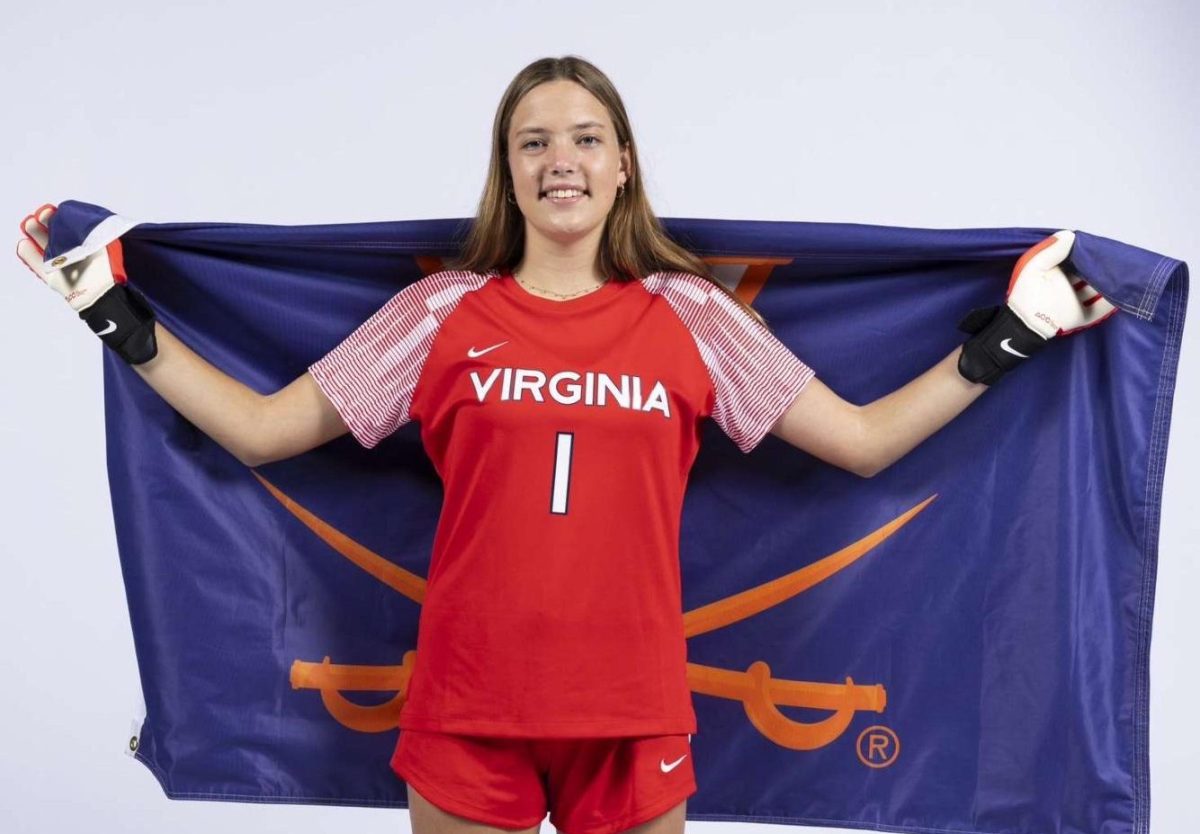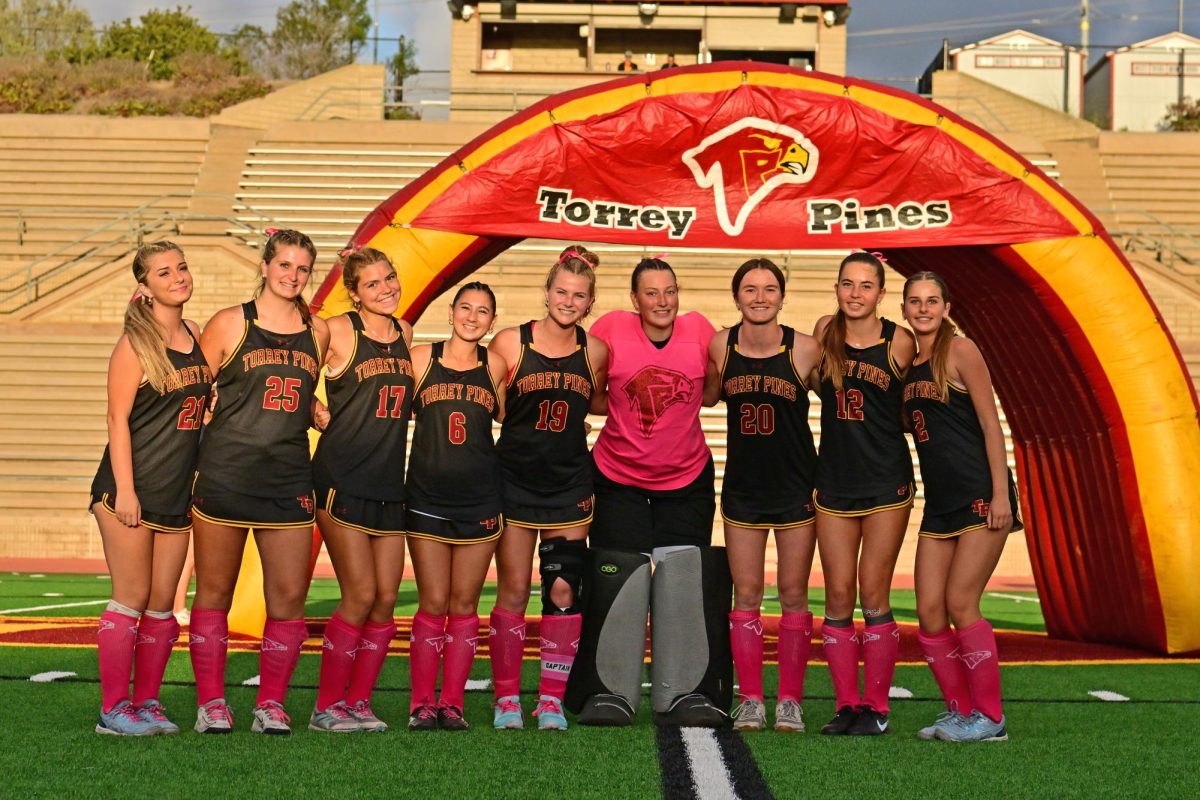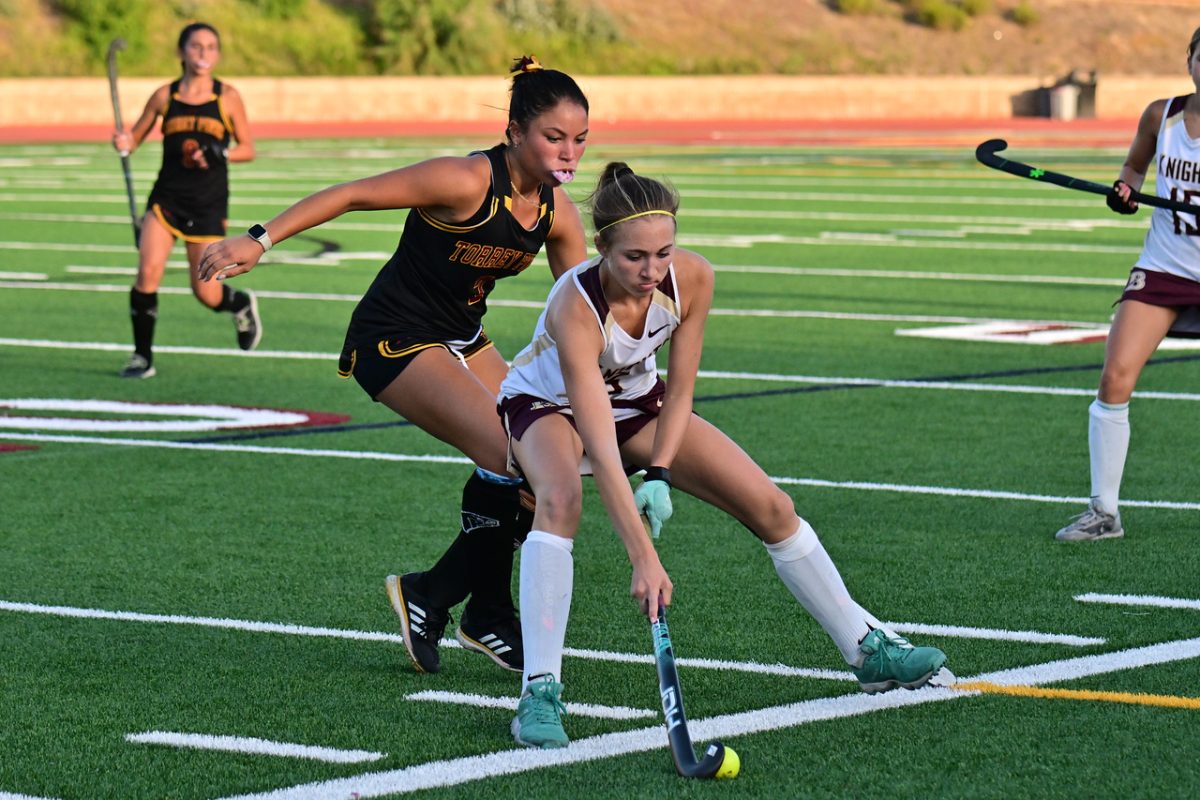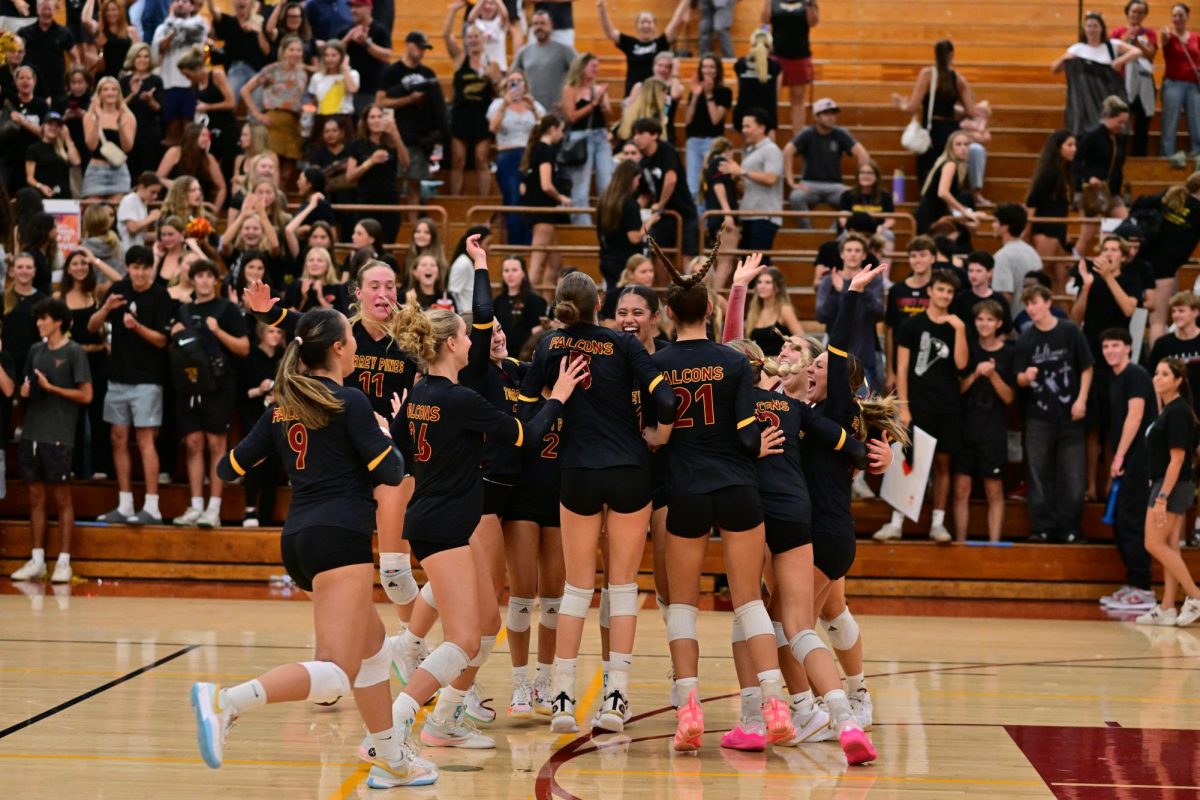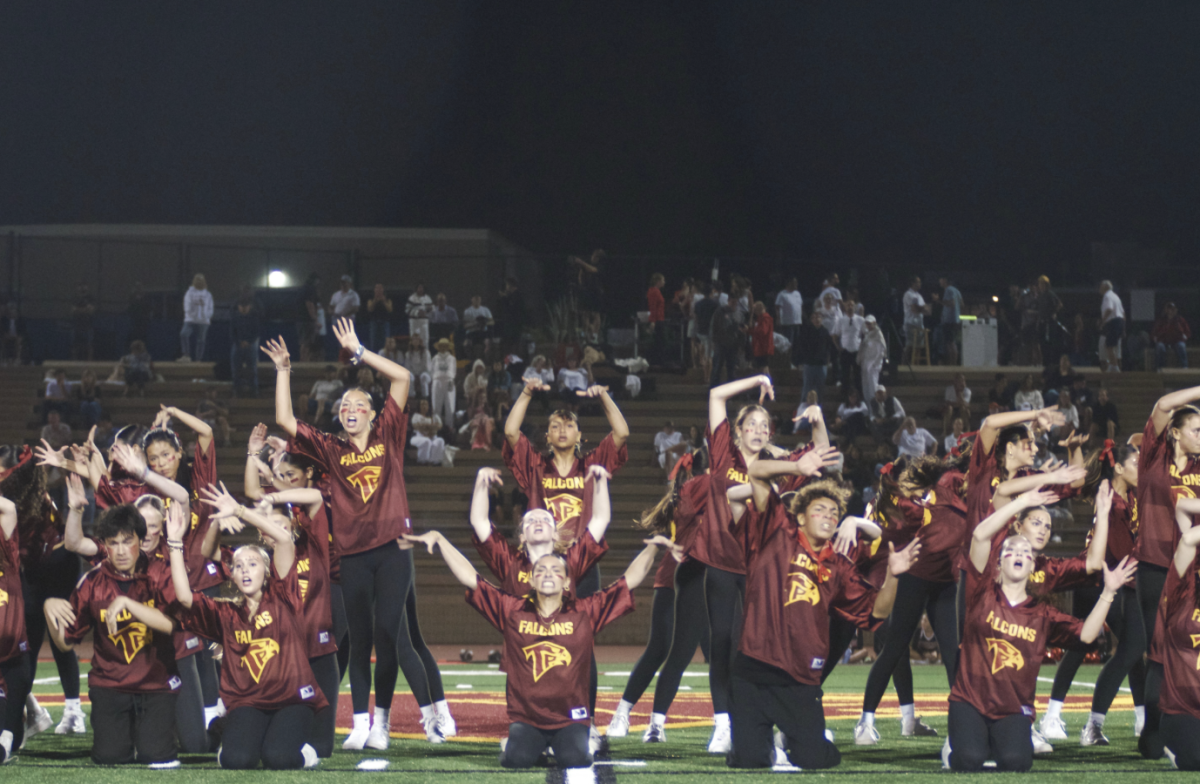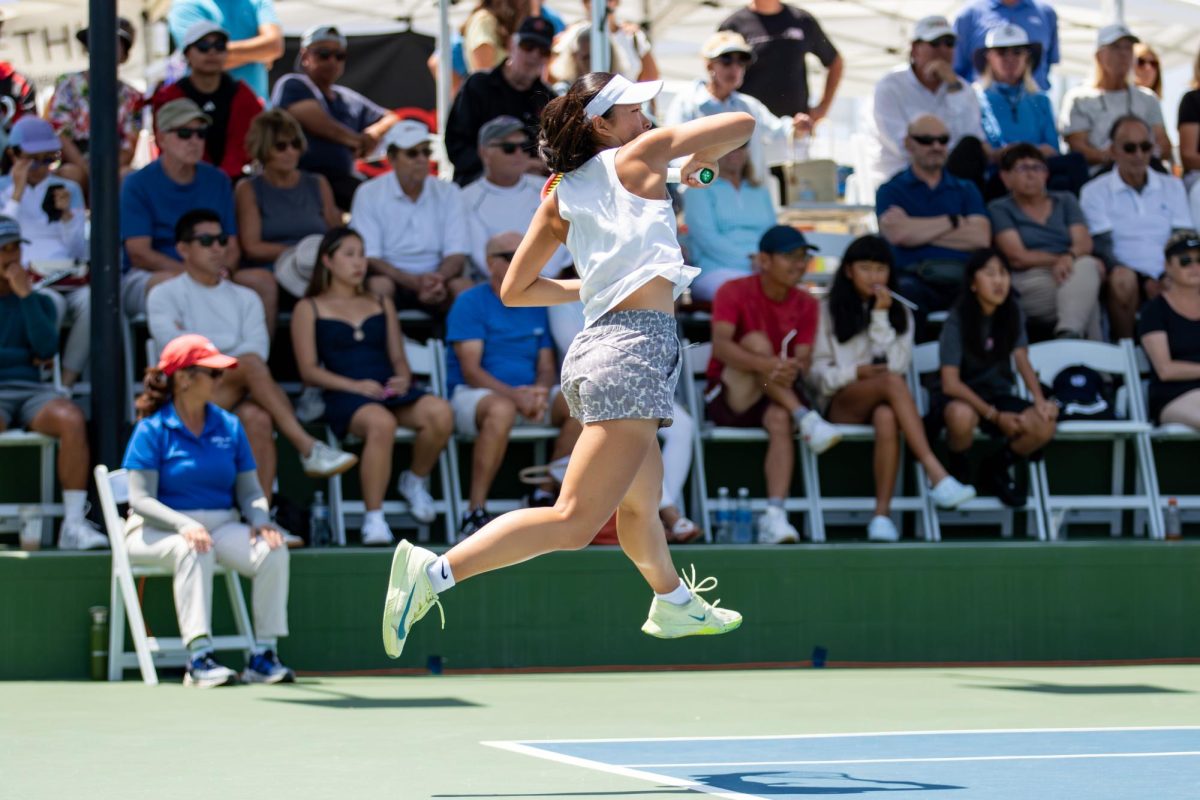The National Collegiate Athletics Association made recent changes to its Division I Collegiate sports rules and regulations. Starting next school year, constraints will be implemented that will change roster limits, scholarship rules and the amount that athletes are being paid.
Previously, there was a scholarship limit of $500 throughout the Power 5 Division I colleges. However, the NCAA abolished the scholarship rule limit and can now legally offer scholarships to every athlete on its roster, expanding to 1,200 scholarships schoolwide across multiple sports.
One of the main changes is increasing the number of sports scholarships, and opening up Division I sports to a larger pool of athletes. Depending on each school, scholarships funds will vary but schoolwide, the average scholarship is $14,270 a year for men and $15,162 for women.
“This means schools will have more flexibility in financially supporting their athletes, increasing the number of potential college sports scholarships,” NCSA said.
Another addition is that all Division I sports will be classified as equivalency sports, which allows schools to offer partial scholarships to athletes.
“This is a huge change from the current system where some sports, like football, basketball and volleyball, are headcount sports and only offer full scholarships,” NCSA said.
Although all of the schools will now be able to give full scholarships to all athletes legally, not all financially strong schools have the monetary leniency to do so.
The Director of Recruitment and Training at WAVE Volleyball, Scott Hartley works with volleyball players at WAVE Volleyball and facilitates the recruiting process for them, enabling them to be in contact with coaches nationwide and secure offers.
The recent NCAA changes are affecting volleyball by cutting the roster sizes down to 18 players and increasing scholarships to 18 instead of the previous amount of 12.
“Although legally schools can have 18 scholarships on a roster, including every player, they might not be actually fully funded for their budgets,” Hartley said. “This can really hurt players because once the team is fully funded at 18 players, it ensures the advantage for high-level and talented recruits getting the spots on the teams.”
Ellie Davidson (‘23), a current sophomore at Dartmouth College who verbally committed in 2021, plays Division I women’s soccer as a right back.
Davidson comments on the large opportunities available to more athletes across the naton with the help of scholarship availability.
“I think that the scholarships will be available to more people at bigger schools and give them wider opportunities to play Division I sports in college,” Davidson said.
However, although schools are going to be able to give scholarships to all of the players on the team, larger schools might not have the proper funds to fully support that.
“Here at Dartmouth, since we are an Ivy League school, scholarships are out of the question, so that rule doesn’t have much impact on us,” Davidson said. “The conversation is more about when the new changes are going to kick into our conference, and what it is going to look like for our school regarding roster changes since we are not directly in the Power 5 conference.”
With the change of an additional range of scholarships, teams are required to follow new NCAA roster limits, and depending on each sport, these limits either match, exceed or decrease the current roster limit.
Jono Zissi, boys varsity lacrosse team head coach and owner of Adreneline Lacrosse and West Coast Stars Lacrosse, comments on how the new rules will be changing lacrosse programs college wide.
“The rules for lacrosse are not a great thing as it is not a revenue sport,” Zissi said. “Although, we have the ability to give 48 scholarships, no one has the funding for that. For roster sizes, they are being shrunk from 60 to 48 offering less opportunities for players to become recruited for Division I.”
Zissi gives his own opinion on these new changes and how they are going to take affect in college.
“No one has that kind of money, so schools are giving that money to big revenue sports, and it is really not helping lacrosse in any way or from,” Zissi said. “It is not cracked up to what it actually is.”
Davidson comments on what the roster changes are going to look like for her own team, and what fears current players and commits have about these new changes.
“I’ve talked to friends and people that I know are almost scared of losing their verbal commitment to larger schools that are forced for big roster cuts because of the effects of the NCAA changes,” Davidson said.
At larger schools, students who are transferring or playing their fifth year are going to be impacting the roster sizes, especially at these schools where coaches are going to be forced to cut players for roster requirements.
Natalie Cohen (11), girls varsity soccer captain, recently verbally committed to playing Division I soccer at the University of Virginia in the fall of 2026.
Cohen expresses that while University of Virginia’s roster size may not be significantly affected, other schools with larger rosters will need to plan accordingly and possibly make cuts to meet the needs of roster limitations.
“For my school, Virginia, not much is changing based on our roster limits and there are many unknowns that could completely change everything for us later on and other schools,” Cohen said.
Cohen also acknowledges the considerable unknowns and the potential impact on student-athletes’ college experiences.
“A disadvantage with the roster changes is that some of the players on the current team might have to cut people and that can mess up people’s college experiences for sure,” Cohen said.
Cohen notes that the changes are making recruiting more competitive, particularly with Division I sports reducing roster sizes.
“I think the colleges are changing a lot with the recruiting processes,” Cohen said. “Some of the 2025 [team] that committed last year with new roster limits could be getting their offers pulled, making it more competitive.”
With Harley’s experience coaching and recruiting for teams like the University of North Carolina at Chapel Hill and Point Loma Nazarene University, he anticipates how changes to roster limits for volleyball will be changing the dynamics of the teams and their rosters.
“The concern with the roster limits is that some athletes might be getting replaced for better and more talented players to make their teams stronger,” Hartley said. “However, this change can be bad for the experiences of college athletes by possibly getting cut junior and senior years because of better and stronger players coming in.”
Davidson reflects on the positives of the NCAA changes and how they can impact the teams overall.
“I think the changes will be effective in schools where many people do not play and teams will now have a more concise group of players competing for playing time,” Davidson said.
Another new rule is that players are going to be treated as professional athletes and will get paid for playing Division I sports.
Hartley focuses on the benefits that the athletes will be receiving from the payment changes.
“The main positive aspects are that high-level volleyball athletes will be treated more as professionals which can lead to higher contracts,” Hartley said. “Once the athlete graduates college, they will have a paycheck and before that they will be focusing on where they can get the best amount of money at high-level schools and conferences, ending up affecting their decisions on where they want to go.”
Hartley also touches on how high-level teams will just keep on getting more competitive as they are able to recruit the very top and best players.
“I think this will make a higher level of volleyball for the top teams having them dominate the conferences since lower teams will not be able to afford the big-name players,” Hartley said. “Now we can see a change in who will be at the top of the brackets, cutting the opportunities for other teams to compete for championships because of their rosters.”
Looking into the future, Davidson highlights how the life of an athlete can be changed and how college sports will be viewed.
“Being paid as an athlete and how we will be seen will be changing and the change of the culture of collegiate sports in general, there is more of a push for actual funding for the scholarships we are promised for athletics,” Davidson said.


